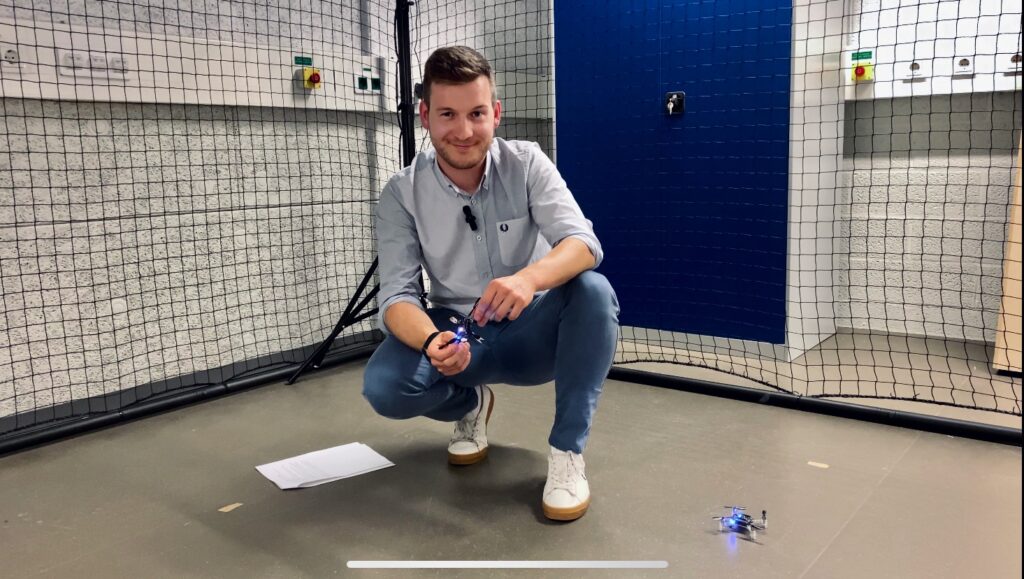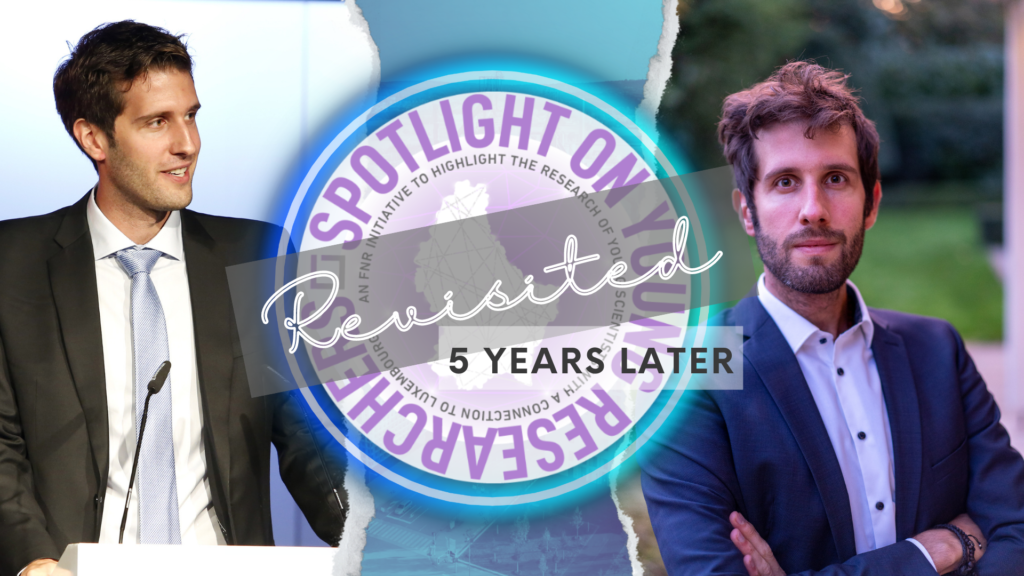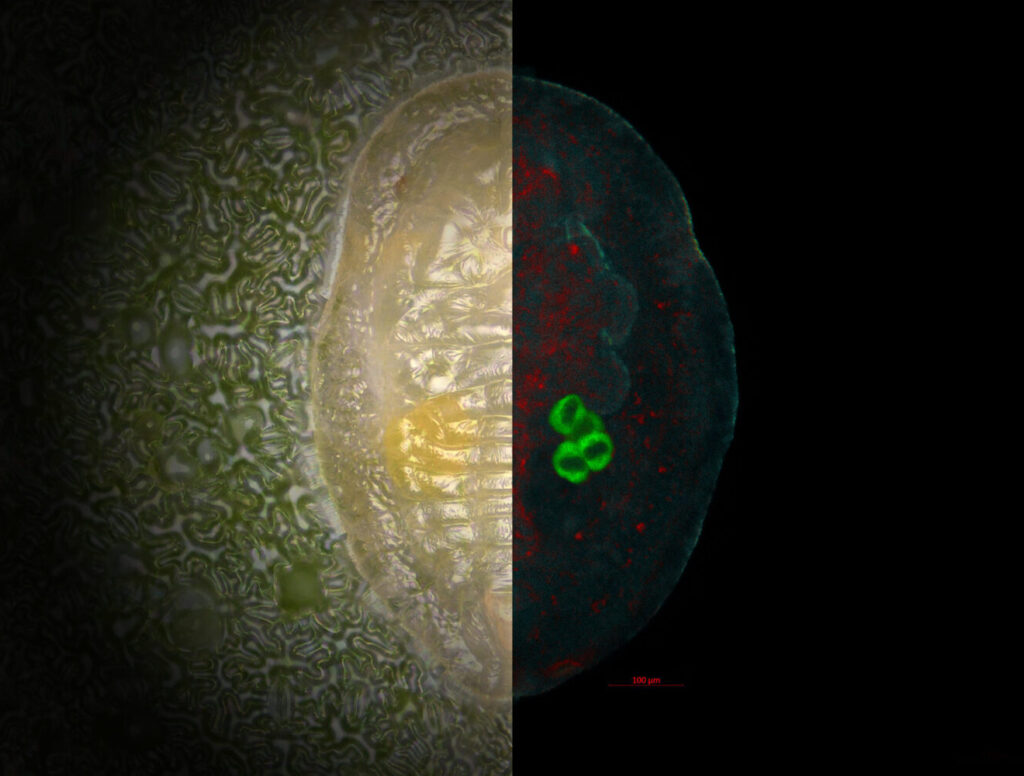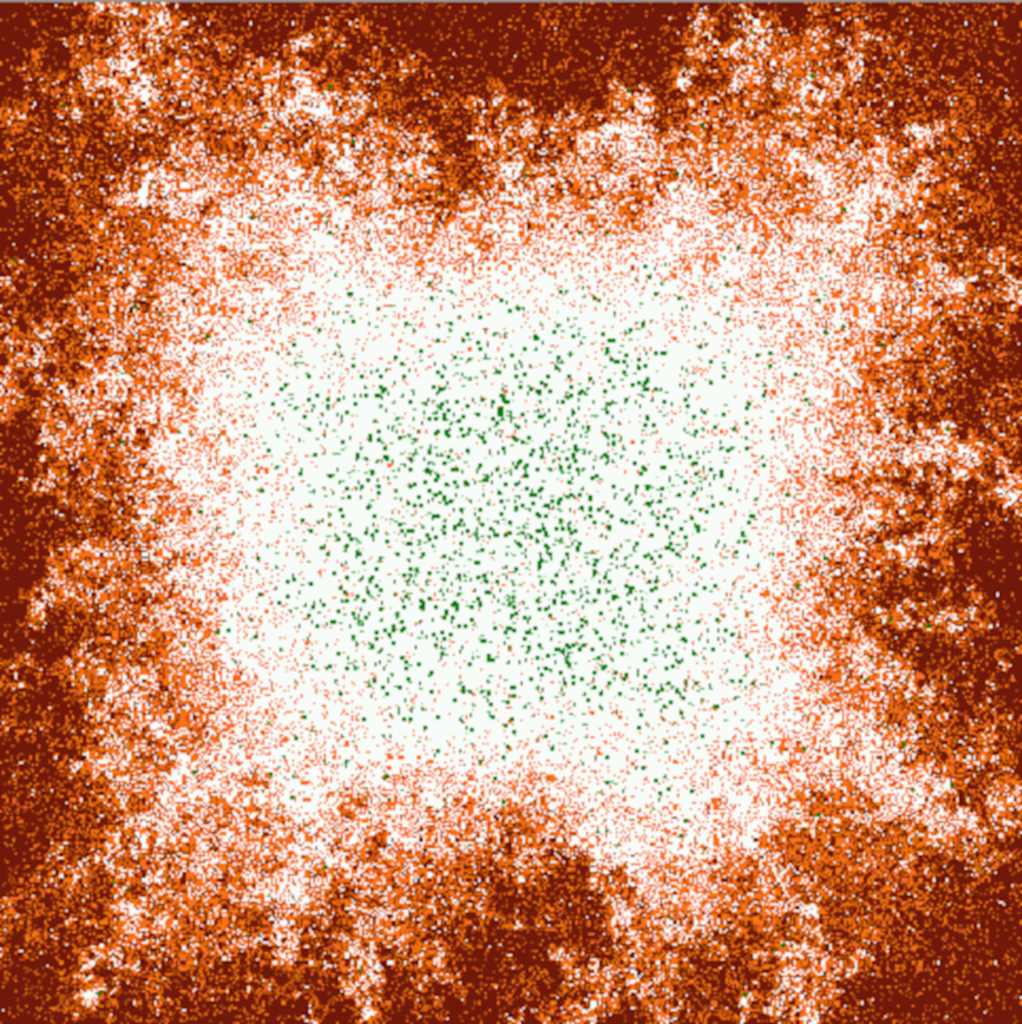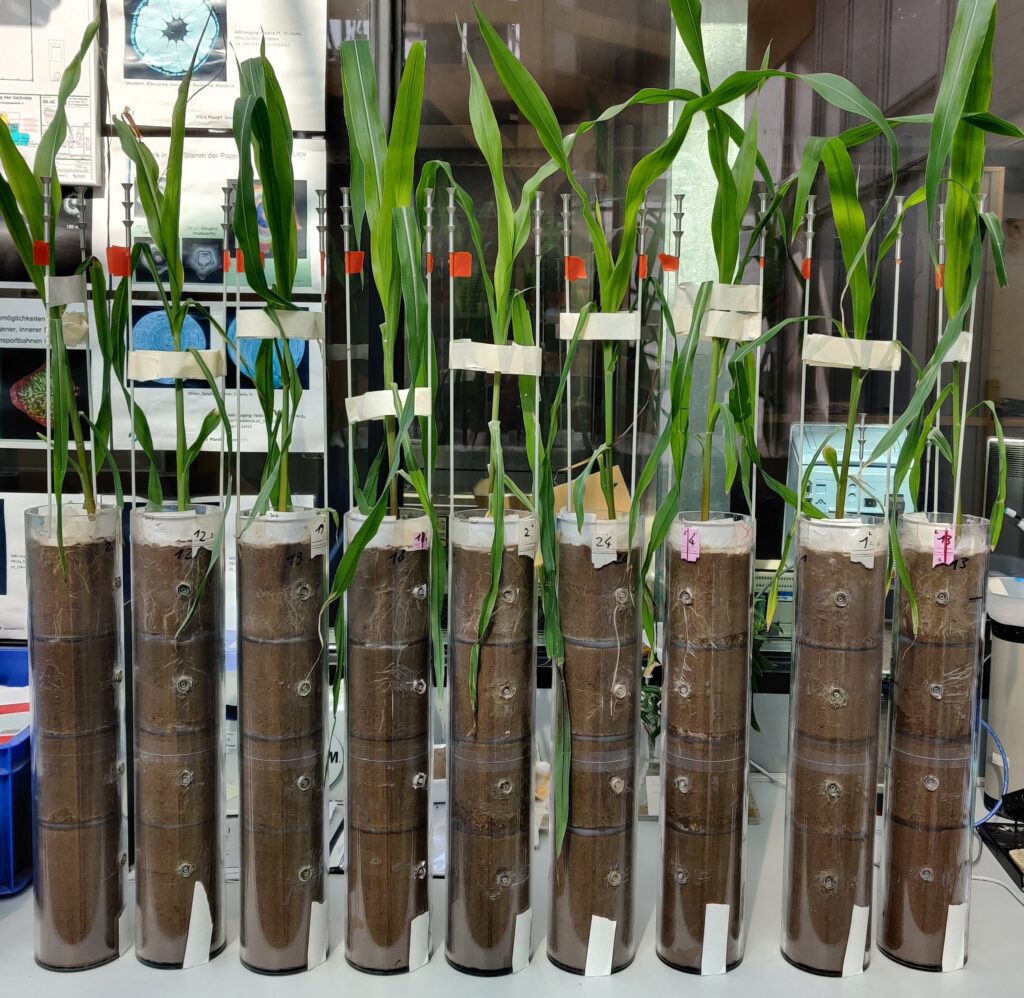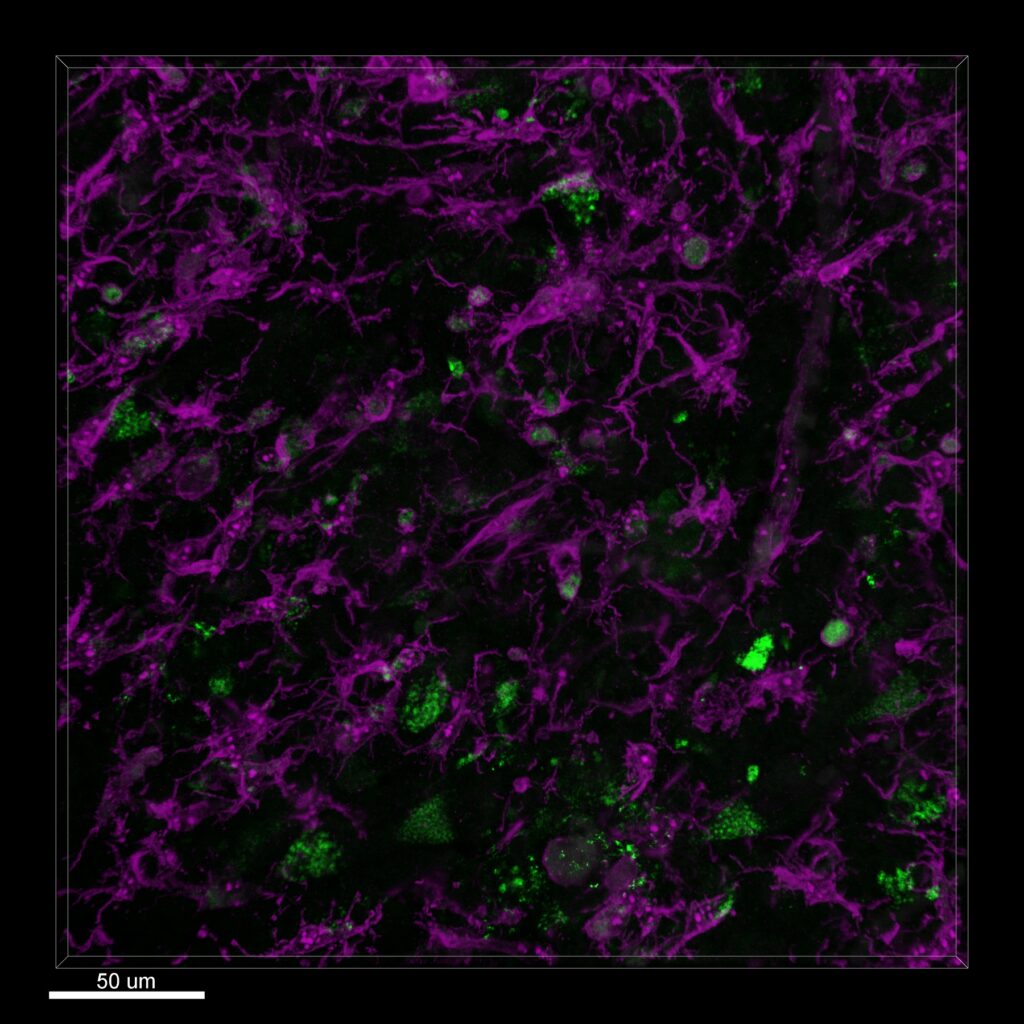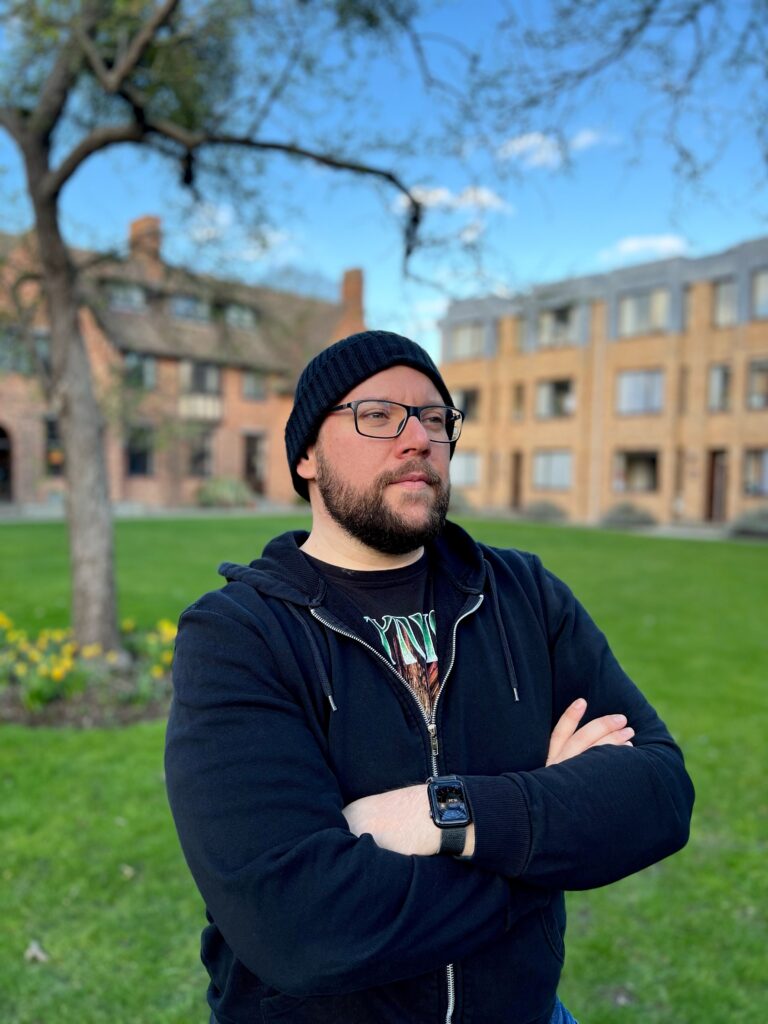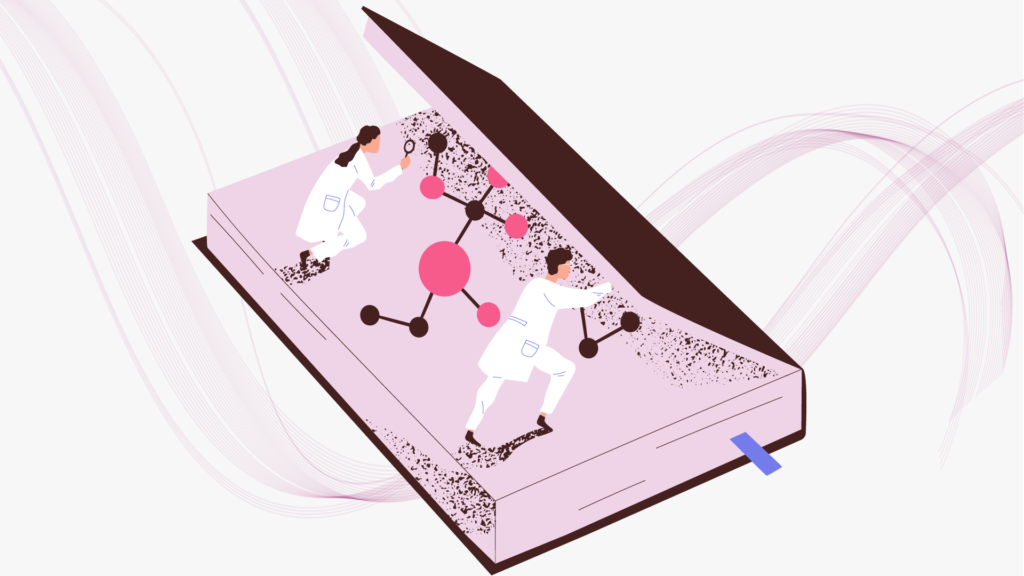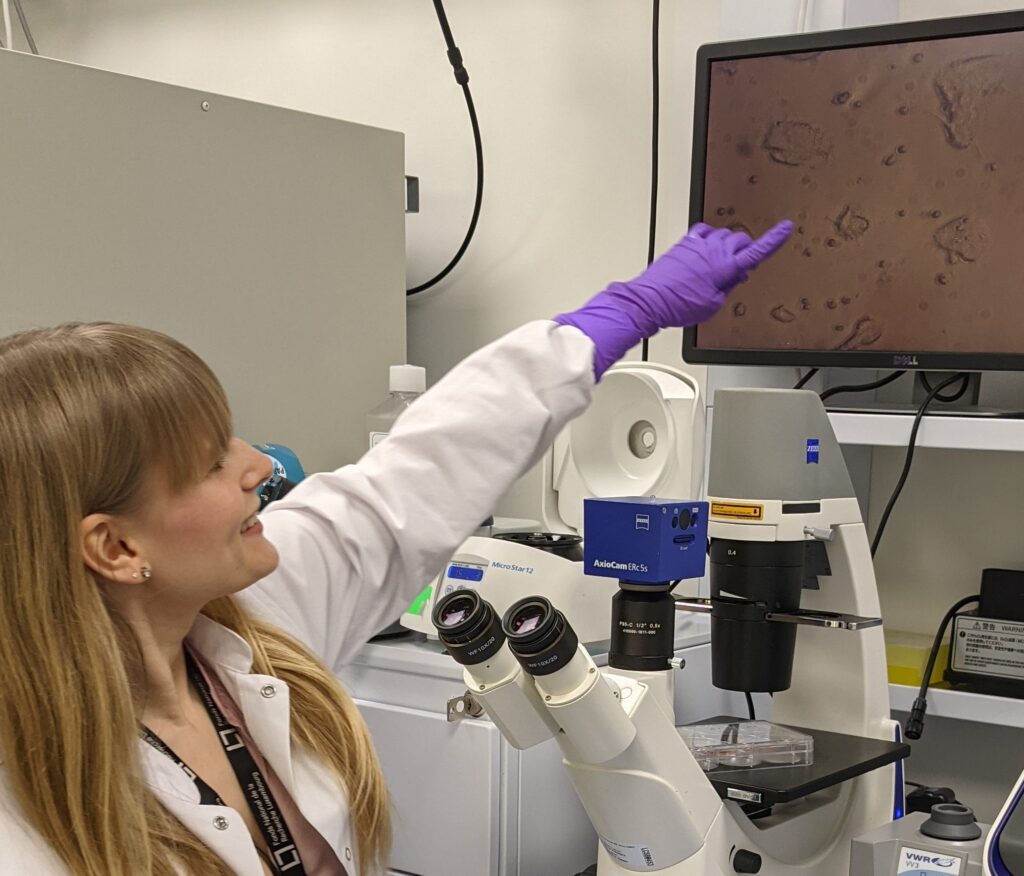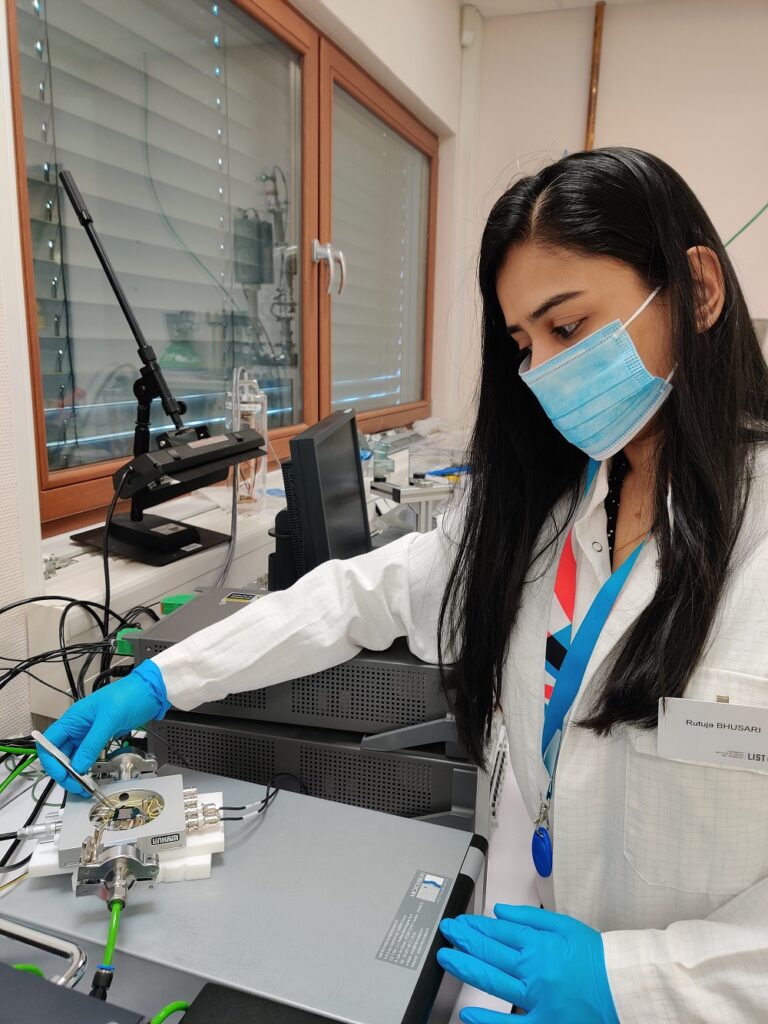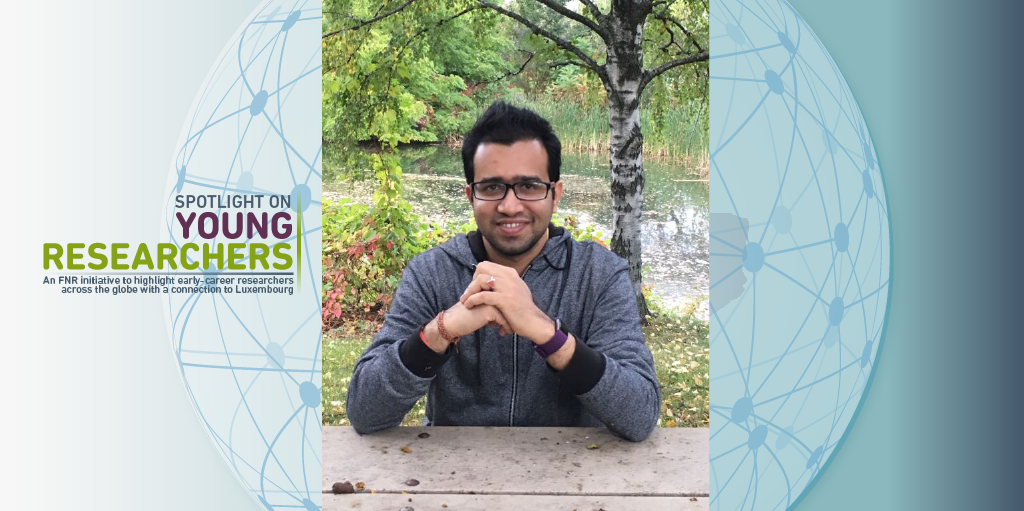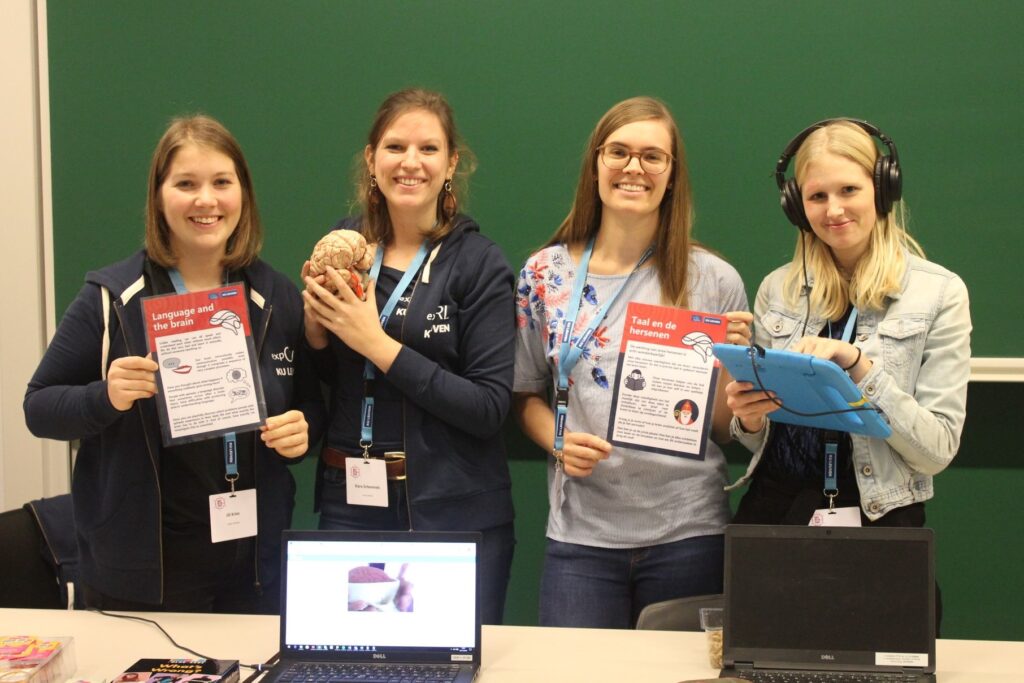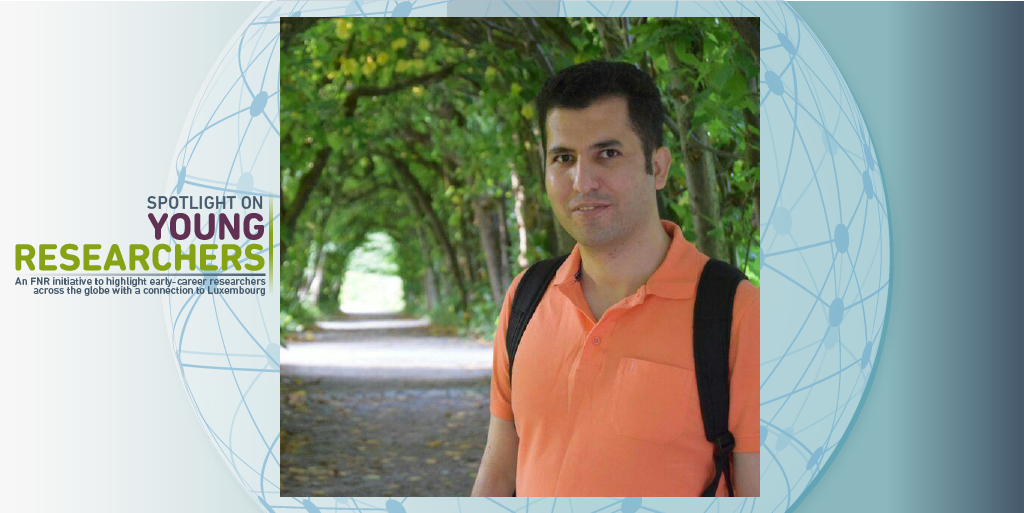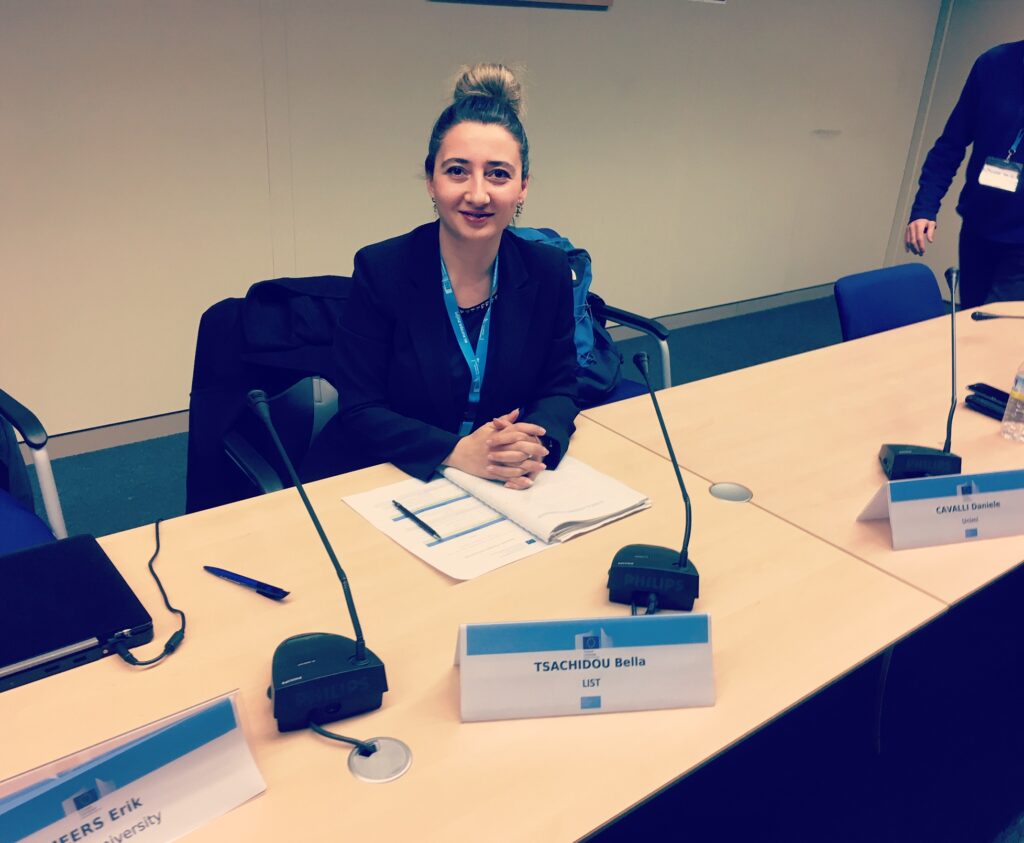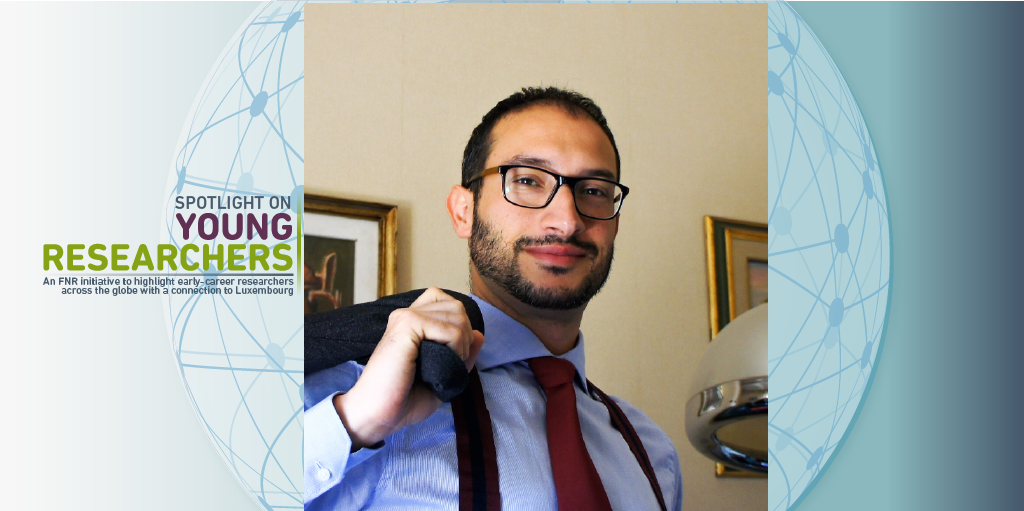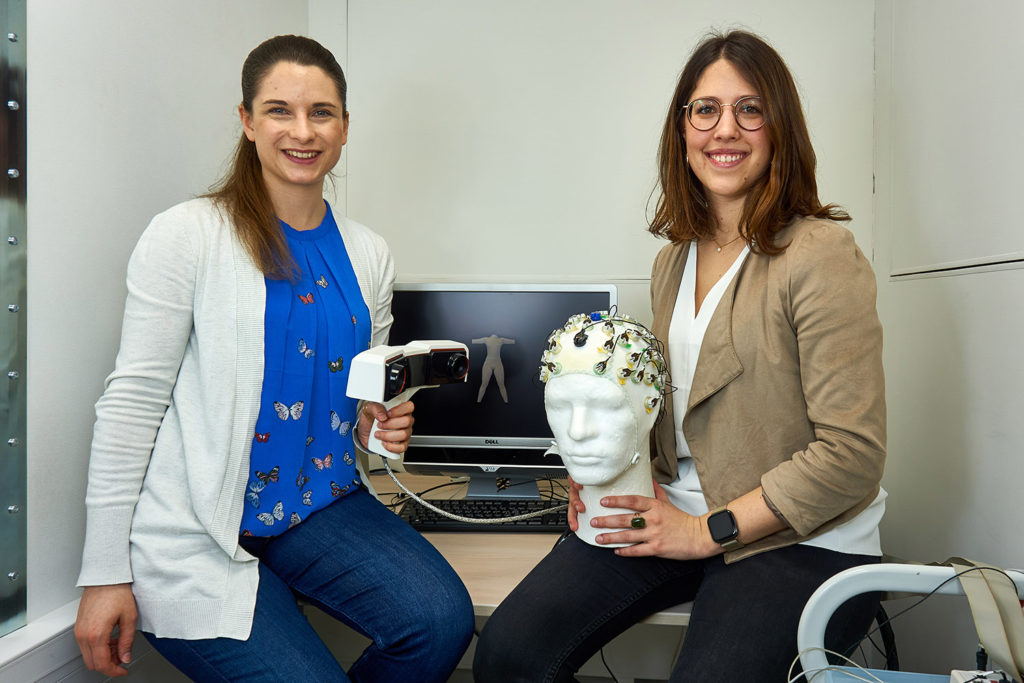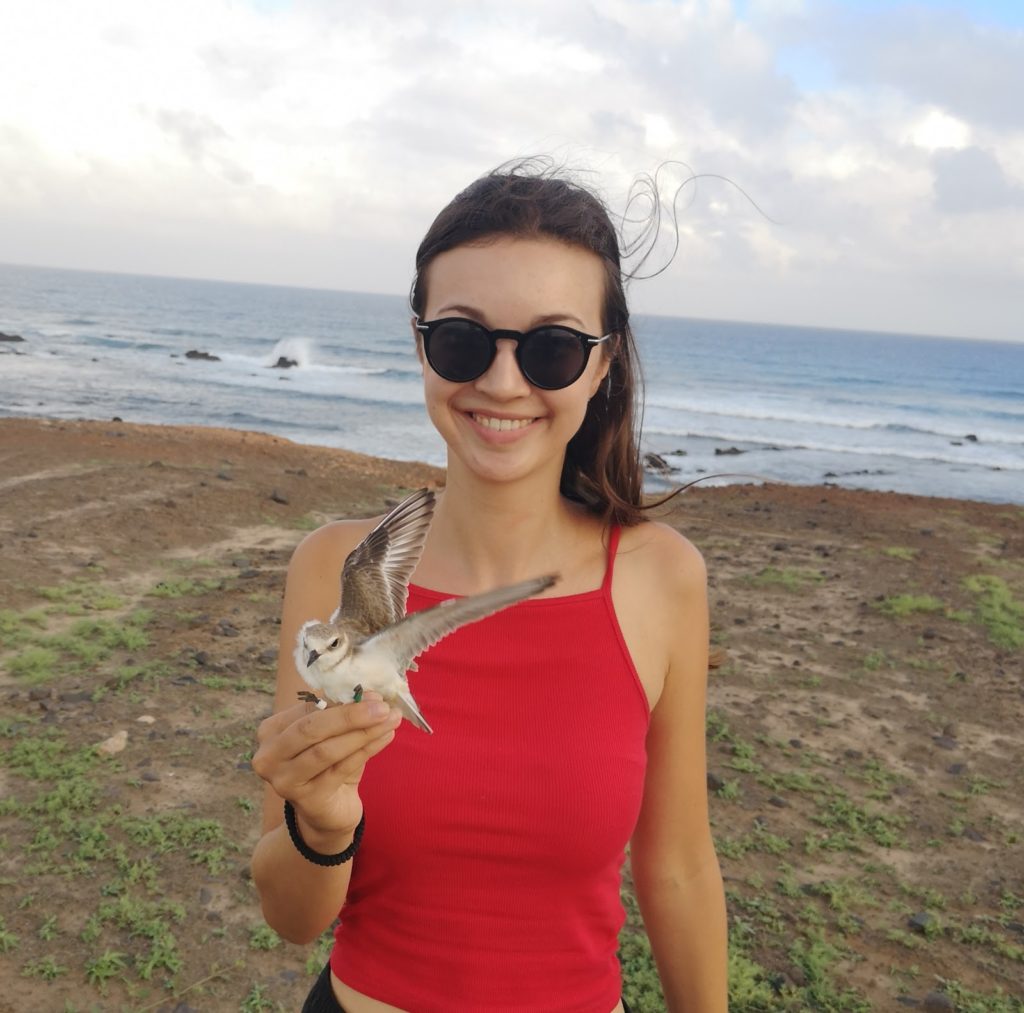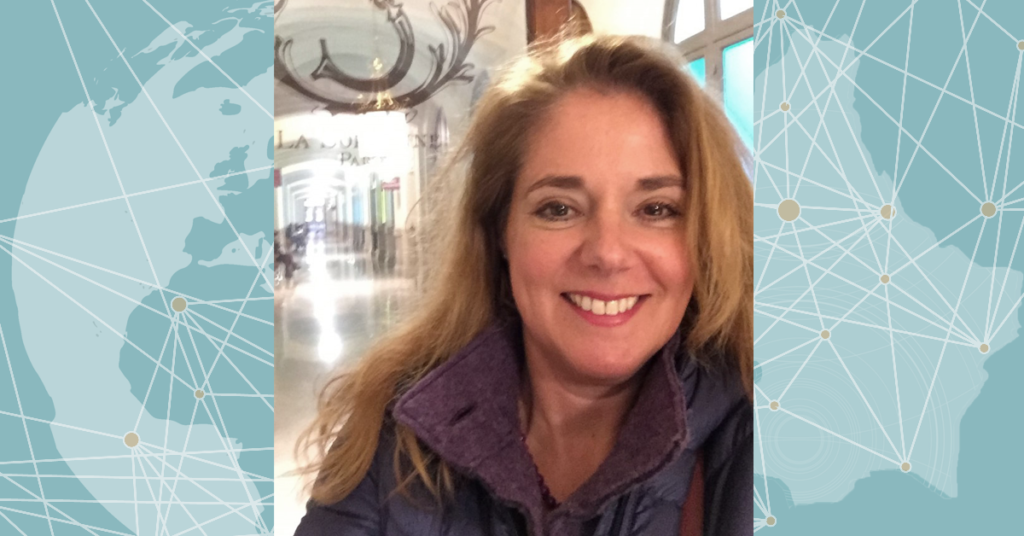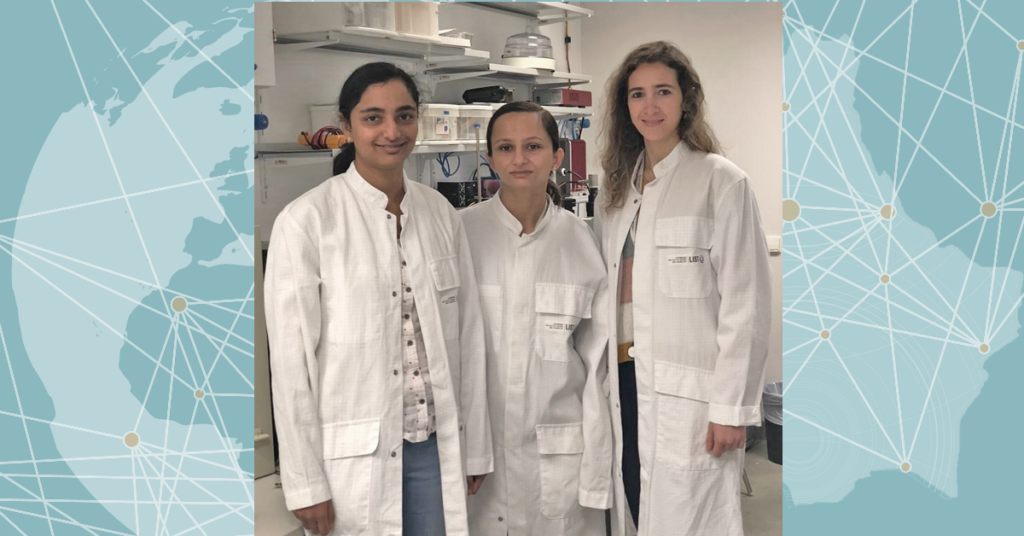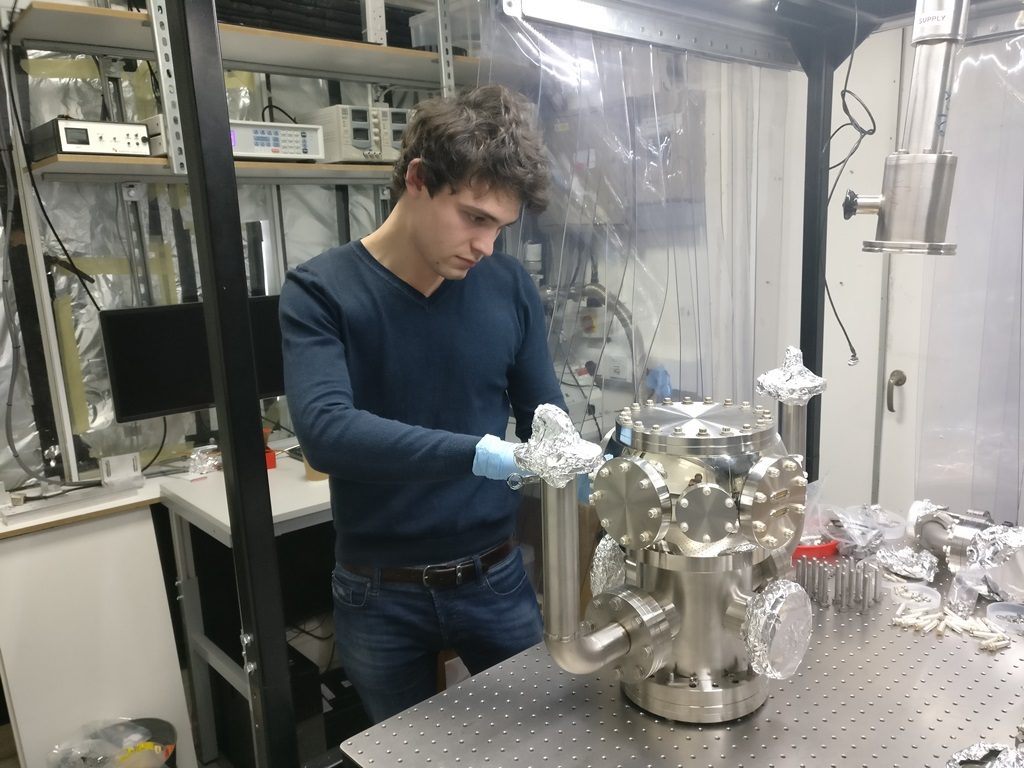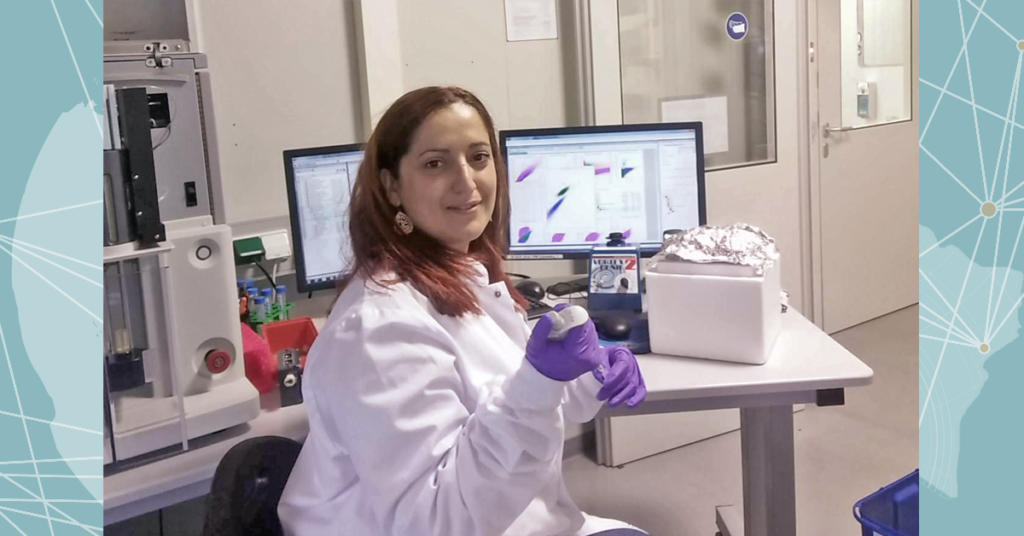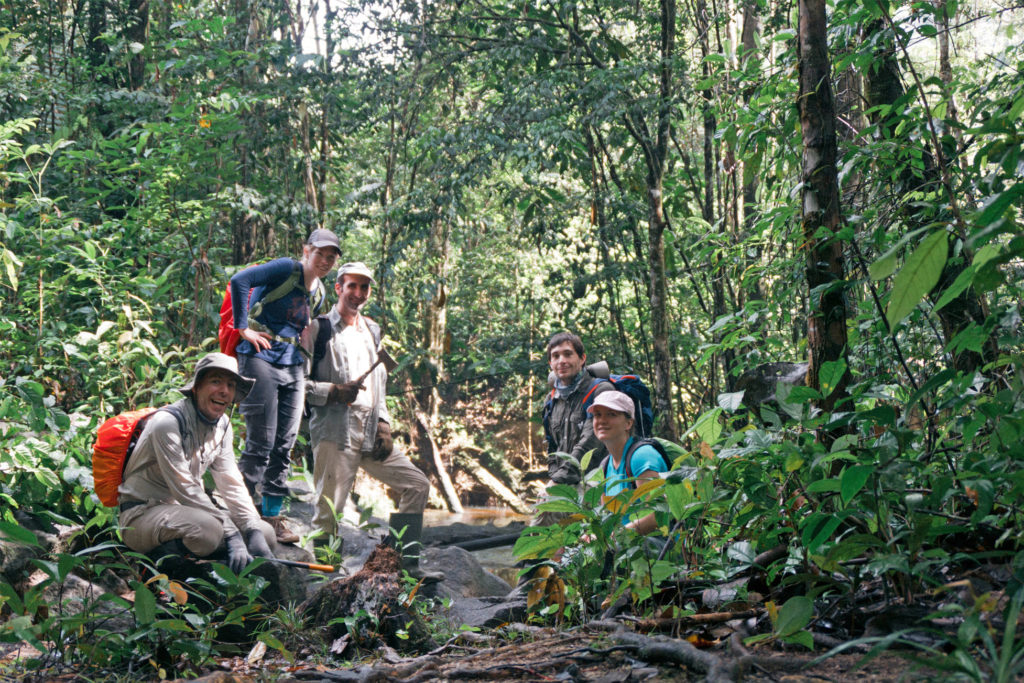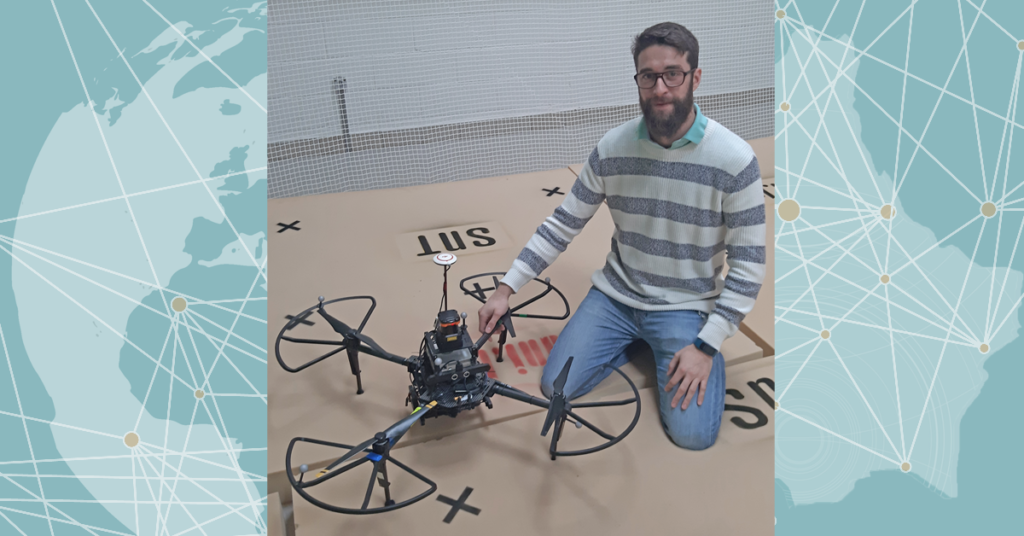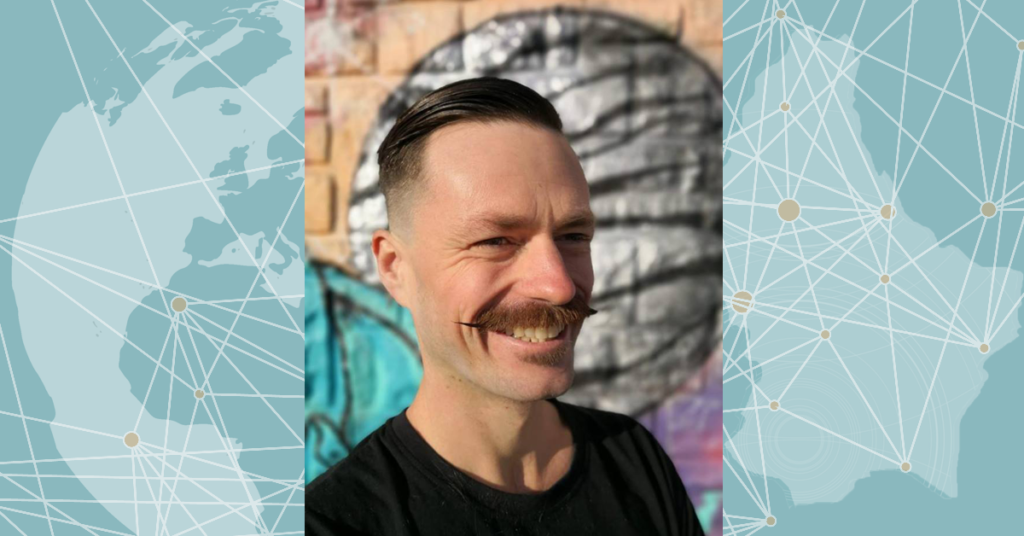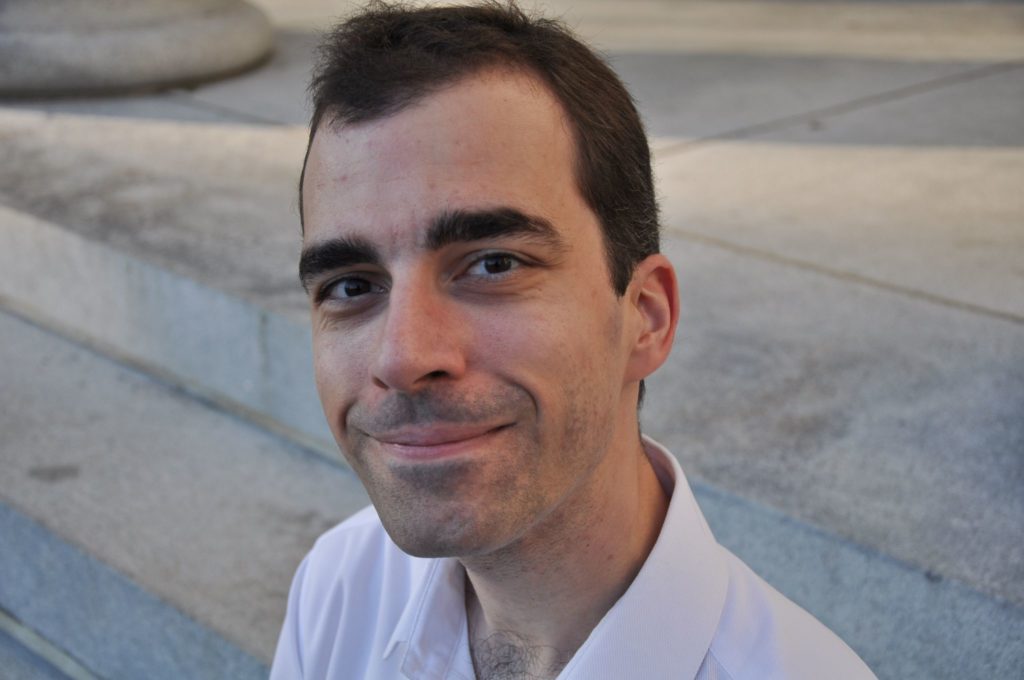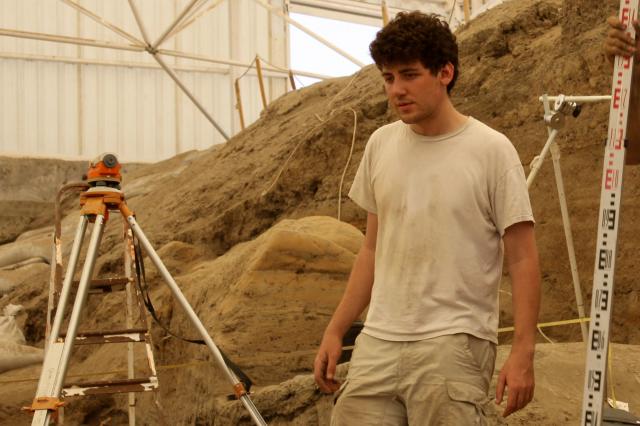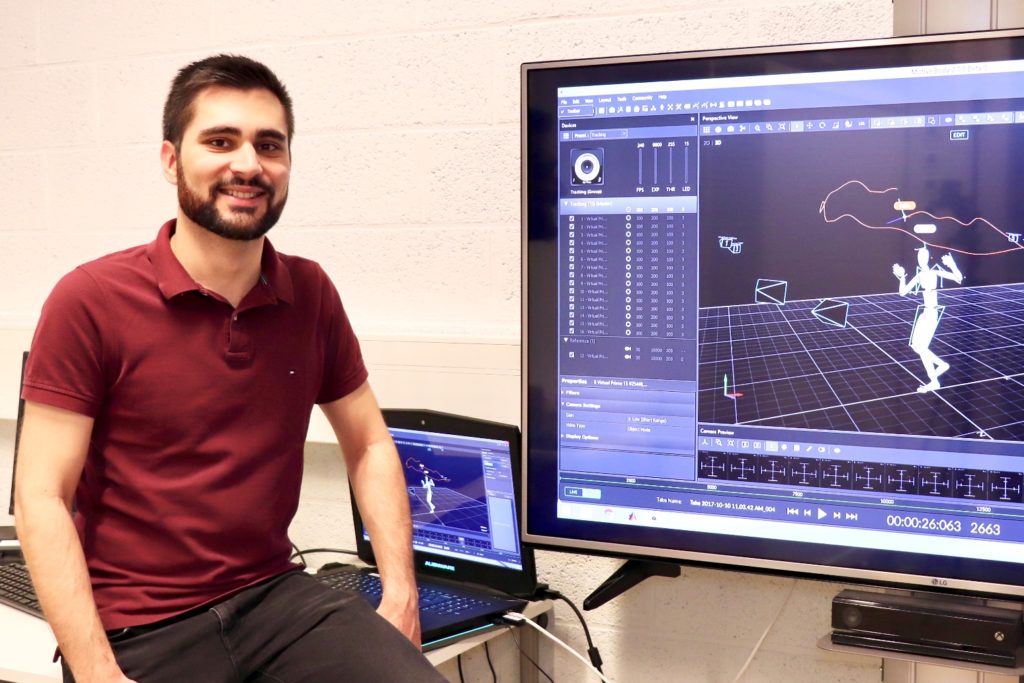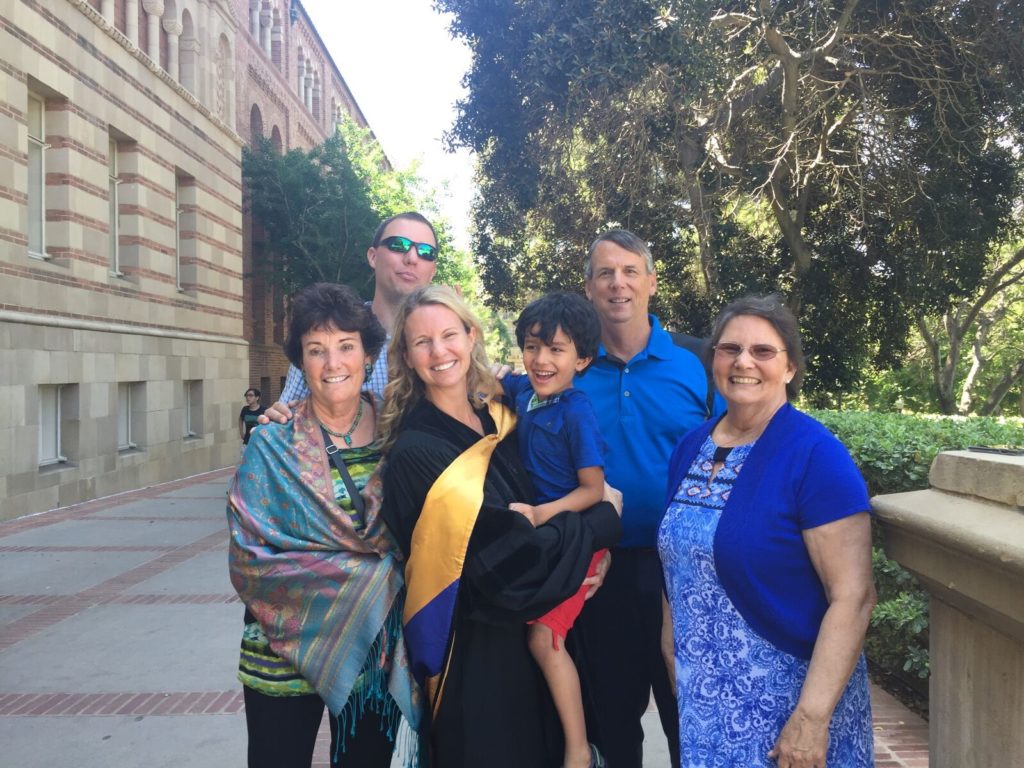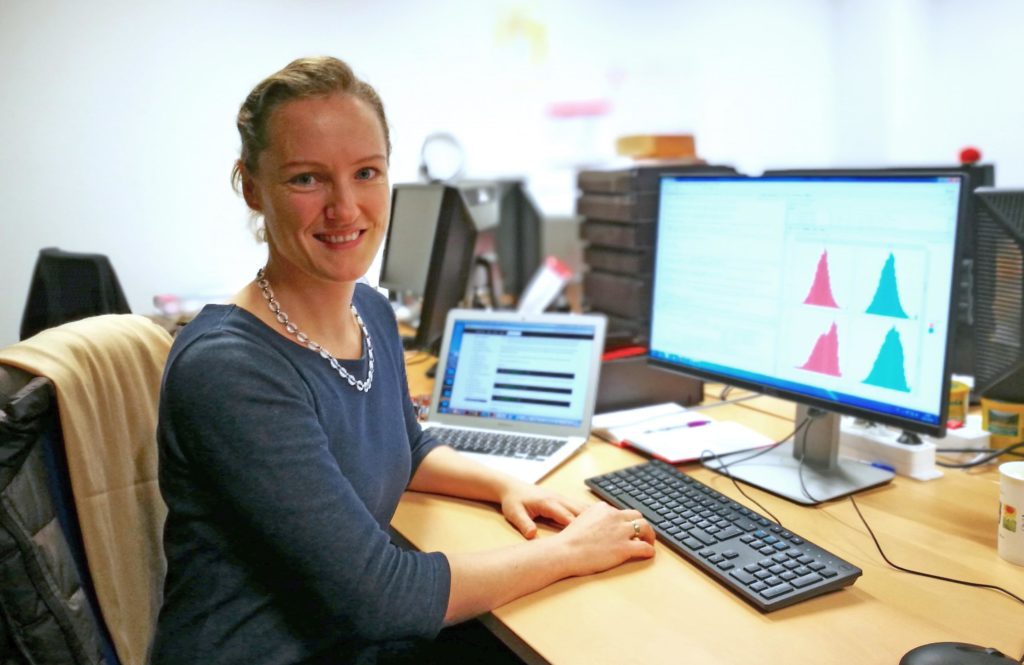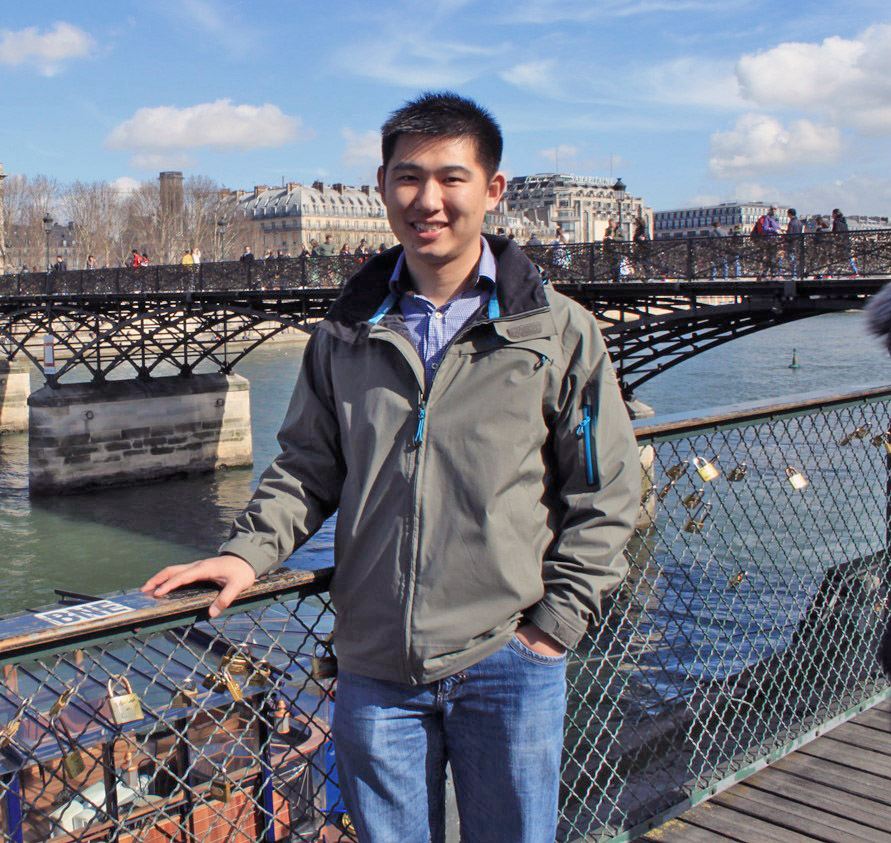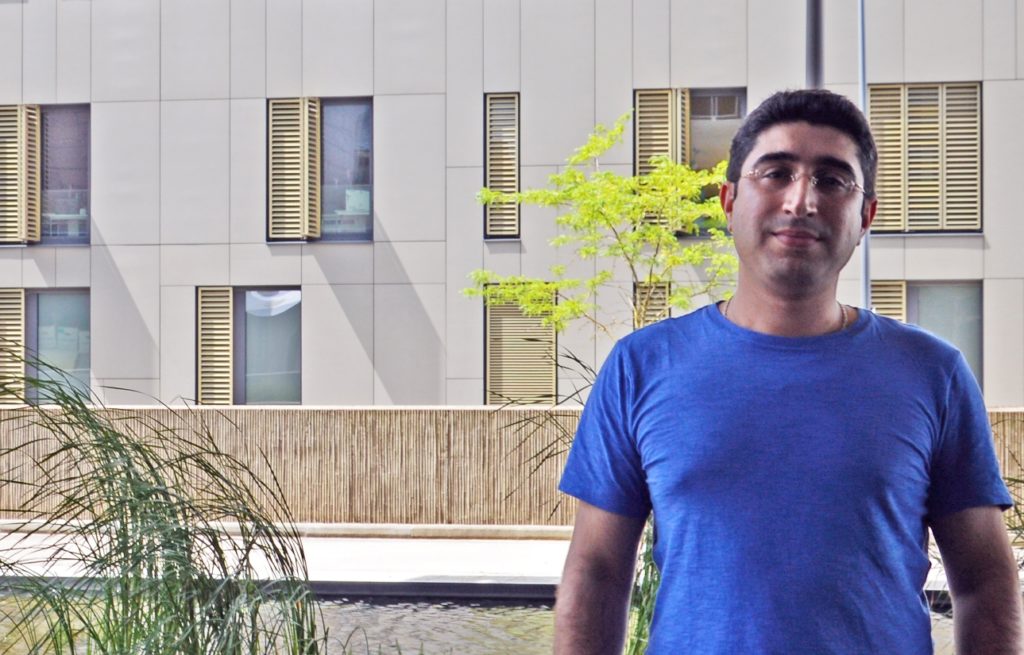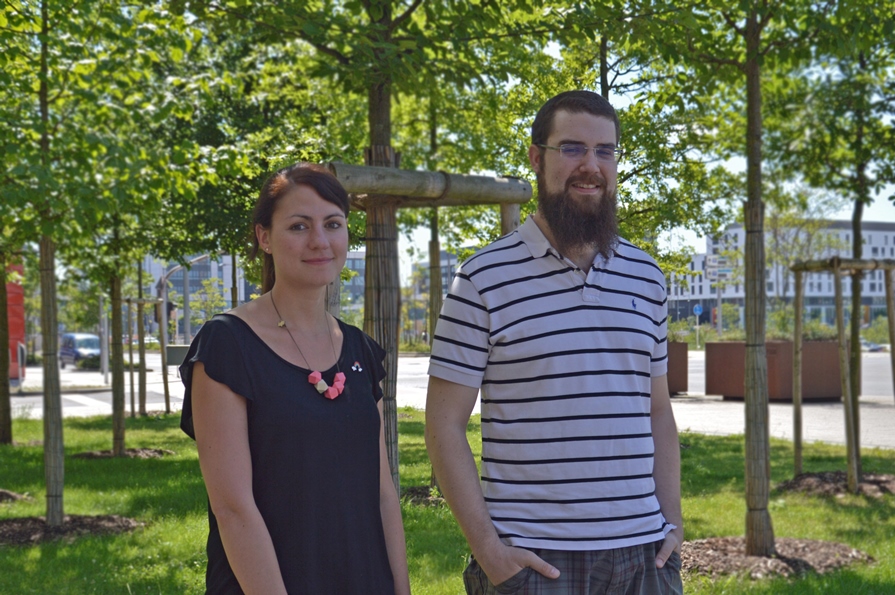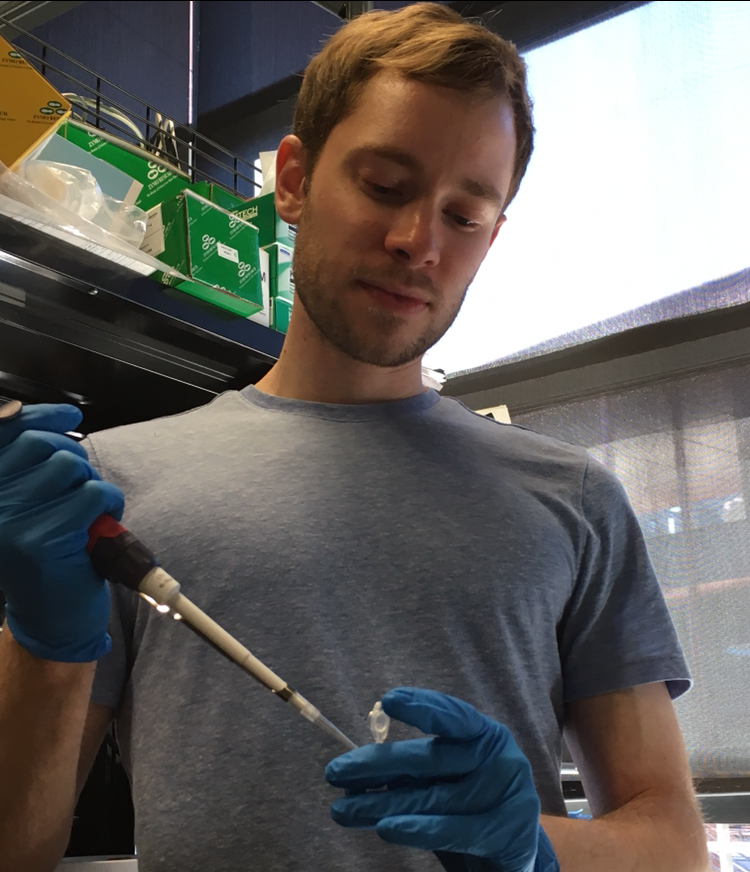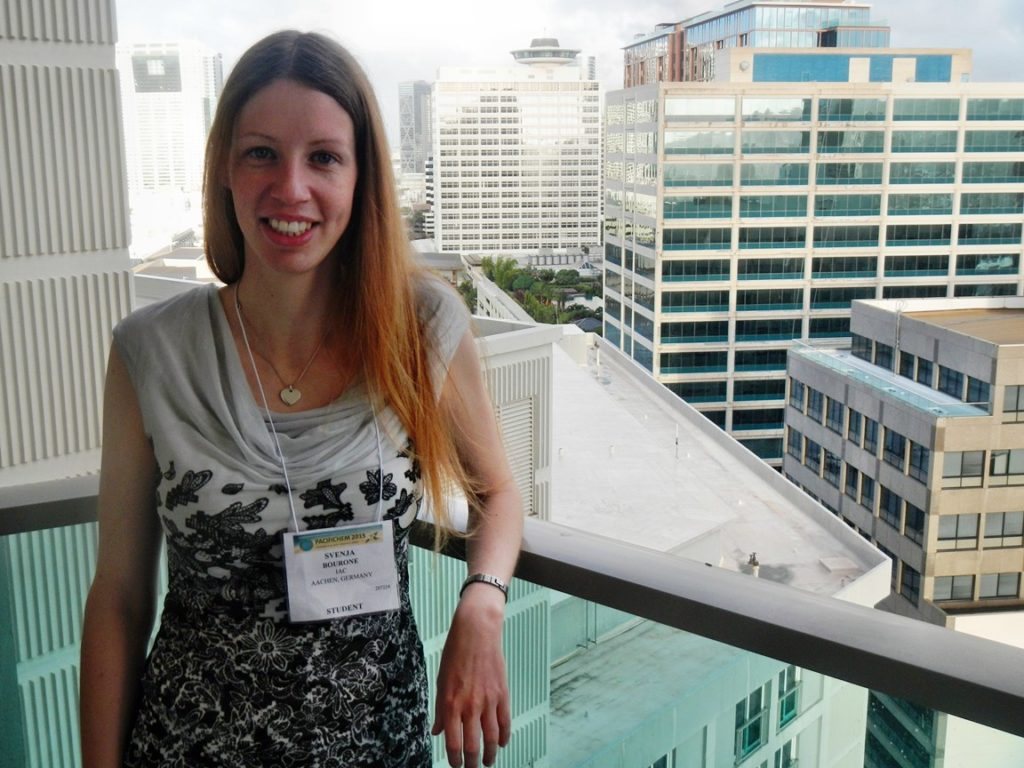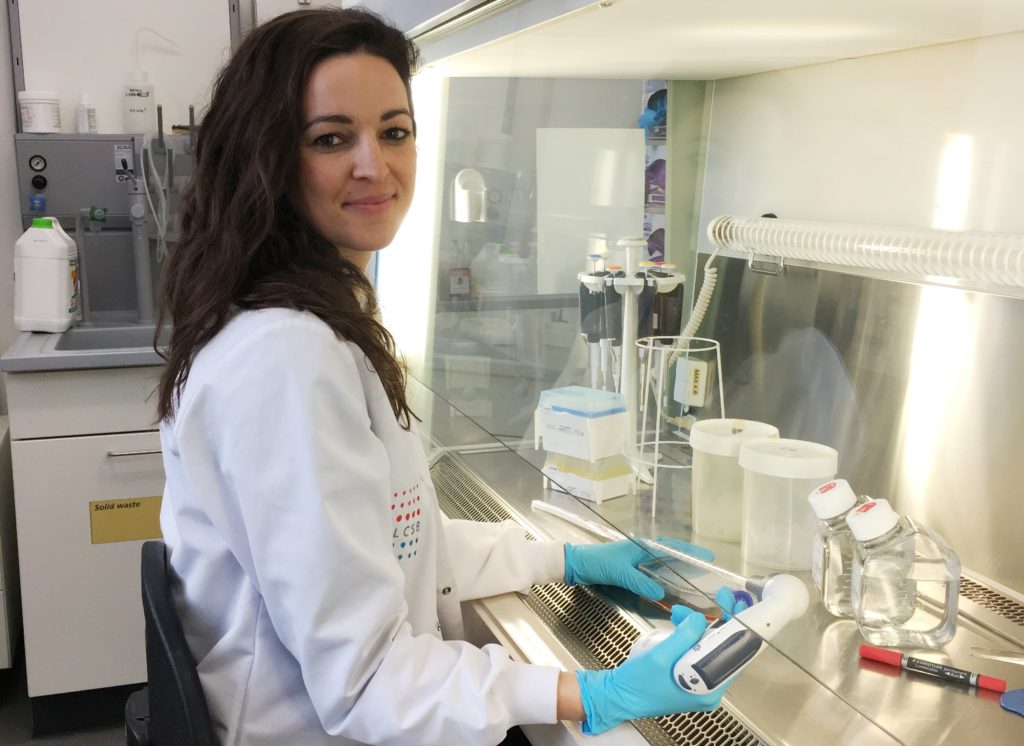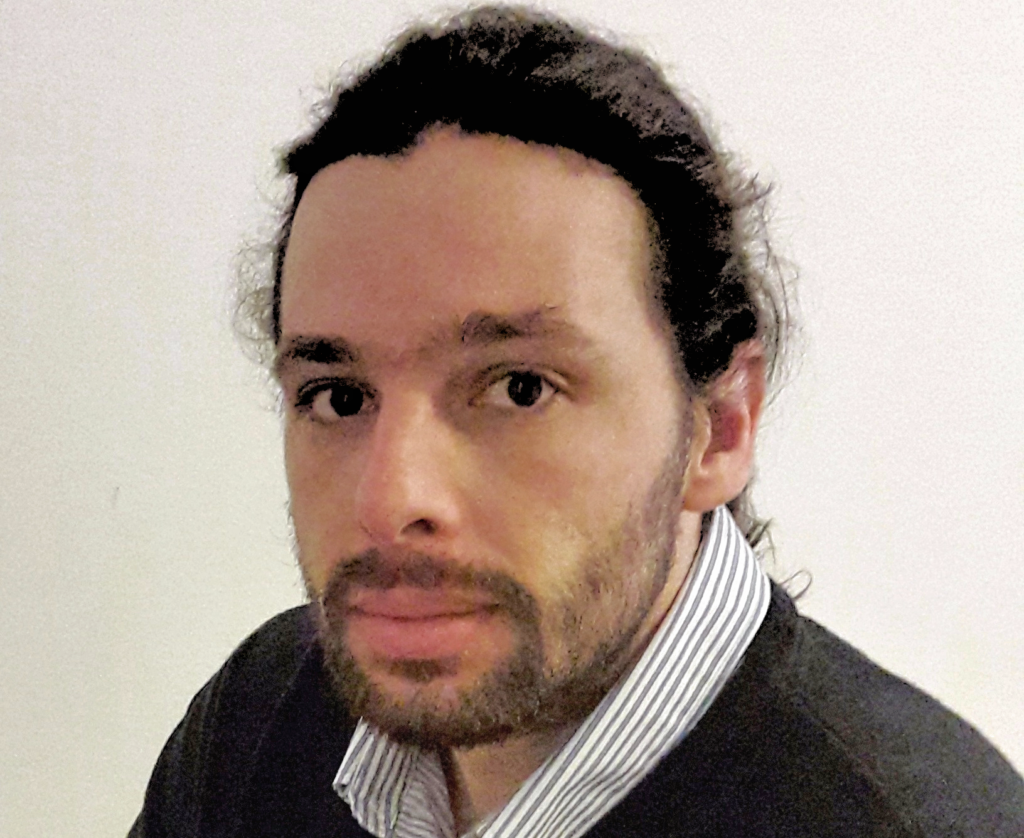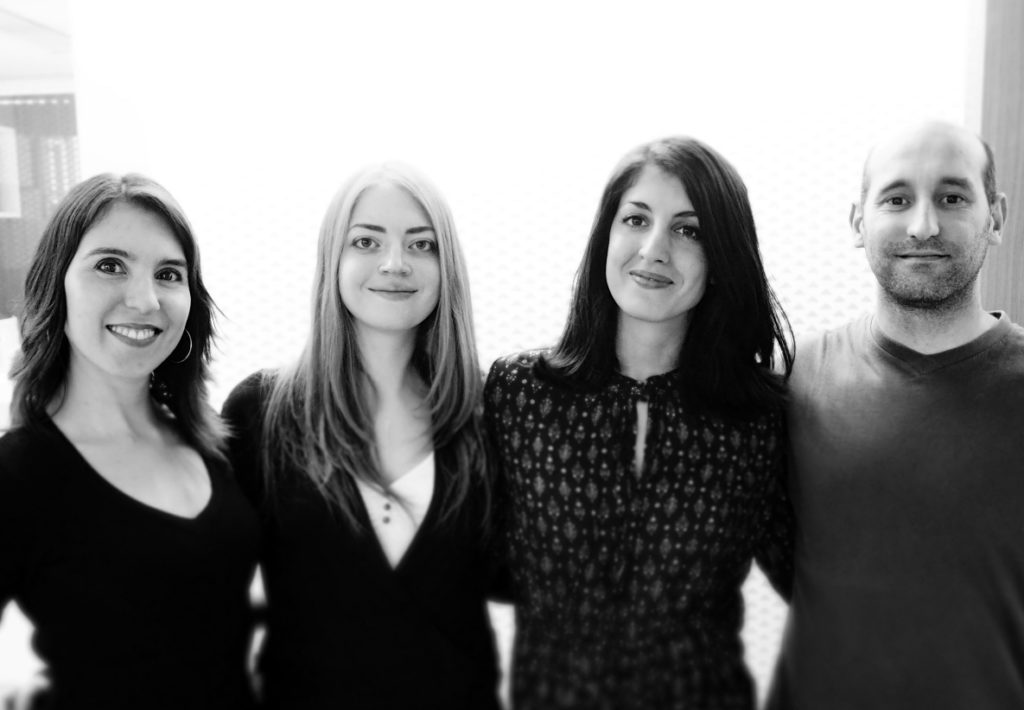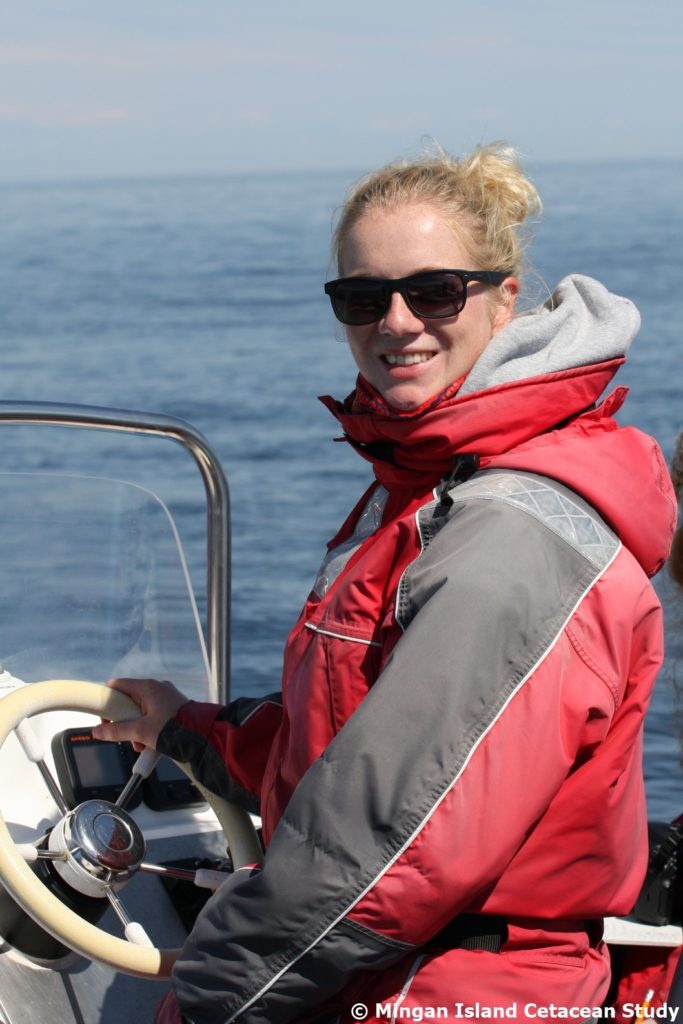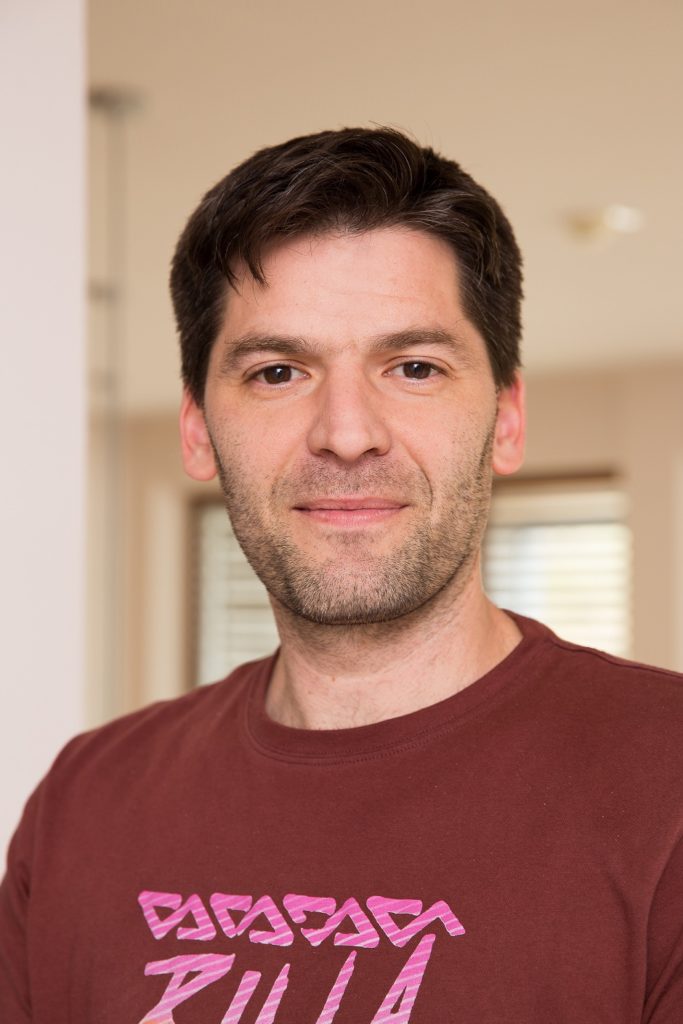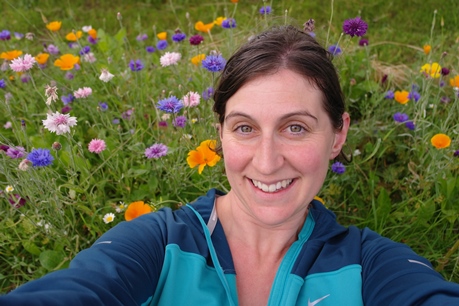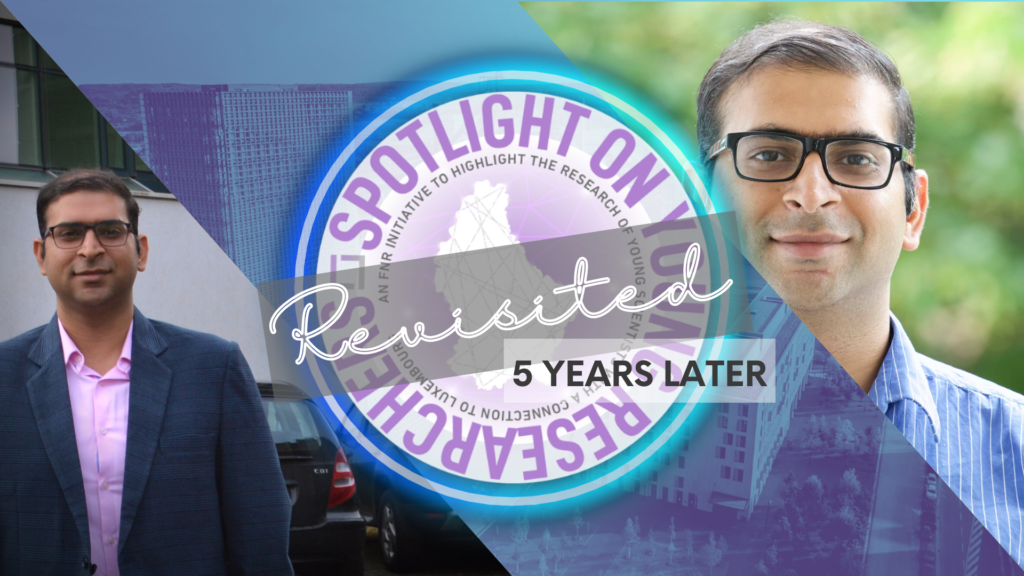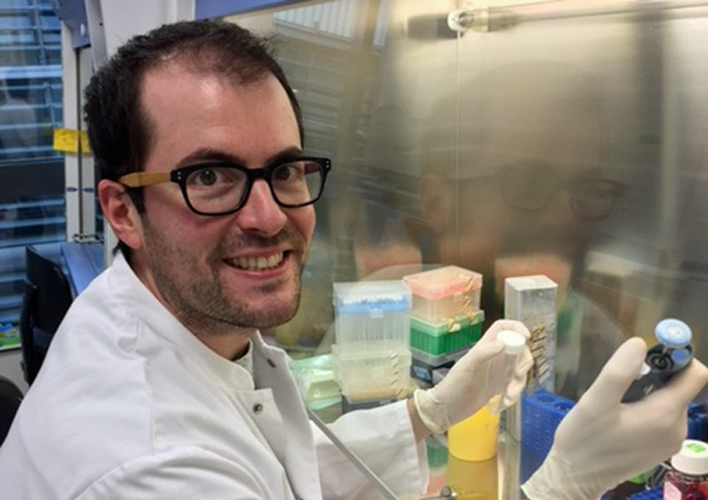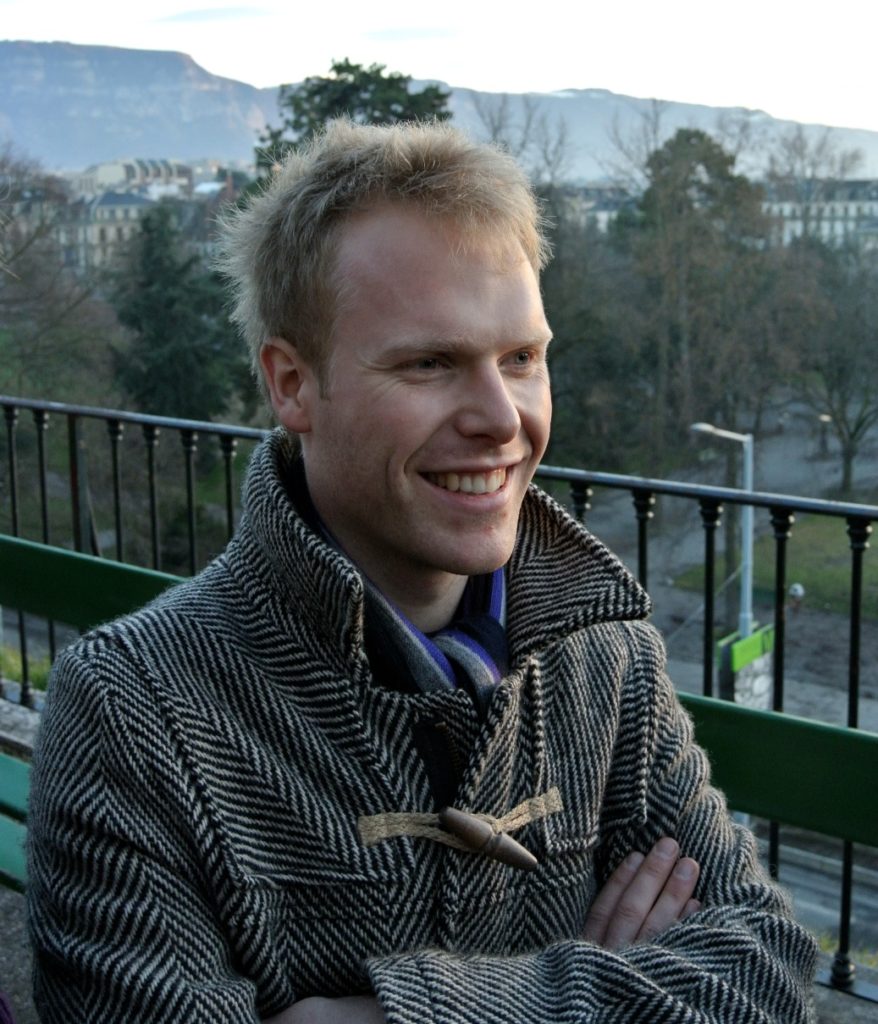Online services are designed to offer great user experiences and accommodate our needs. They can also use manipulative design strategies to push us to disclose our personal information, purchase goods and subscriptions or spend an excessive quantity of time on apps and games. Learn about ‘dark patterns’ and an interdisciplinary research effort to free the web from manipulation.
We are all familiar with cookie banners – often designed in a way that makes it easy to consent to extensive tracking of our online activities and receive personalised ads. Refusing to consent usually requires more steps – it’s made difficult on purpose. This is an example of a dark pattern that encourages us to overshare personal information. The web is full of many more such manipulative techniques that ultimately serve the companies using them.
How pervasive are dark patterns?
It is estimated that dark patterns are present in more than 95% of the most popular apps. Research has been able to expose how pervasive these dark patterns are, the influence they exert on people, as well as the risks they cause – both on individuals, such as privacy invasion, financial losses, addiction – and on society, where they have an impact on digital trust and fair competition.
“The dissemination of research has helped to catalyse attention on the existence of such manipulative practices online: journalists denounce them to raise the awareness of civil society; watchdogs scrutinise and fine the companies employing them when found illegal under data protection law or consumer protection law; policy-makers regulate and even ban such practices.”
“But the battle to free the web from manipulation is only at the beginning,” researchers Arianna Rossi and Lorena Sànchez Chamorro explain.
‘How do we reliably distinguish manipulative design patterns from other legitimate design patterns?’ ‘How might we develop tools to recognize manipulative designs, both manually and automatically?’ are questions at the heart of the research project Arianna and Lorena are working on.
Arianna Rossi (Research Scientist) and Lorena Sànchez Chamorro (PhD student) are part of an interdisciplinary effort comprising researchers in computer science, law, UX design, and cognitive psychology. Together they work in the research field known as usable privacy.
“We have a history of collaboration, as solving challenges related to privacy and security can only be done through the integration of different skills, research methods and types of knowledge because we need to consider the wider ecosystem, like people’s behaviours, regulations, stakeholders’ ethical and business values, etc. We cover all those abilities when we unite our forces,” the researchers explain.
Challenges faced
Researchers working on this issue face several challenges:
Dark patterns offer short-term gains, such as quick access to a website, in exchange for long-term losses – for example extensive online tracking, which is often imperceptible to users. How might we protect people without just deciding what is best for them?
A design pattern that may be beneficial for users in one context – such as guiding and easing decisions when choice is overwhelming – can be harmful when used in another context, such as guiding their actions toward personal data disclosure.

“The line between legitimate persuasion and illegitimate manipulation is thin: it is necessary to understand when designs influence behaviors in a covert and hidden way,” the duo explains, adding:
“The only difference in such cases is the goal towards which users’ actions are directed. However, the intention of the designer cannot be analysed, it can only be presumed. Designers also apply their own values in their work, which sometimes causes unexpected consequences.”
An additional challenge: When certain dark patterns are publicly exposed, companies can rapidly replace them with even more harmful ones, while legal enforcement is slow. Thus, applications that enhance web transparency are needed, as well as knowledge sharing among critical stakeholders to foster quicker actions.
Why do dark patterns work?
With the other members of the project, the researchers ran an online survey on dark patterns, and found out that people do recognise dark patterns, except for the deceptive ones where expert examination is needed to identify missing or false information. It was established that people under 40 with above high school education are much more able to recognise these patterns, meaning older and less educated people could be more vulnerable to dark patterns.
How can dark patterns be fought?
“We can create various solutions against dark patterns, depending on whether we intend to raise awareness, strengthen detection abilities, foster resistance to their effects or eliminate them from the web,” the researchers explain. Solutions can be educational and user-oriented, regulatory (i.e. they act on the environment), design-related or technical. Depending on the issue they are trying to solve and on their sphere of competence, different stakeholders must propose and create the most appropriate ones.

Can language push people to accept online tracking?
The researchers analysed a sample of 400 cookie banners. One of the findings was that 30% use expressions like “Accept the cookies to get the best user experience”, even when cookies are for ad personalization – who would choose the worst user experience?
“Other expressions like: “if you don’t accept cookies, some nice functionalities of the website may be deactivated” can also be manipulative because they suggest that the website will not work without cookies, but they don’t specify why – and in many cases this may be false”, the researchers explain.
Learn more about Arianna Rossi and Lorena Sànchez Chamorro research in our interviews below. The researchers are working on the FNR-funded CORE project “DECEPTICON Deceptive Patterns Online”, a collaboration between SnT, COSA and LIST.

Lorena Sànchez Chamorro, 1st year PhD candidate
Research focus: Understanding how specific design patterns are more likely to influence behaviour on certain marginalised groups (e.g. children, people with less digital skills or users who require screen readers).
What are you working on, how does it address the questions your research group is tackling?
“There is a lack of agreement about what design patterns are harmful, but policymakers are trying to regulate them under the umbrella term ‘dark patterns’.”
“Therefore, I aim to get empirical evidence of the specific design patterns that are more influential on vulnerable populations and consequently, more harmful.”
What drives you as a scientist?
“I truly believe science is the only way to inform policymakers decisions and consequently make the world better.”
“Therefore, given how immersed are technologies in everyday routines, it is necessary to understand the difficulties of users interacting with technological devices and the extent to which the misrepresentation of certain communities in the design process can exclude them from the possibility of properly engaging with those artifacts.”
What do you love about research?
“Because I believe that disentangle the causes of things is the necessary step to make a better world, therefore, science is the necessary key to understand, challenge and change the world. This challenge of analysing complex phenomena is what I feel passion for and the reason why I love research.”
Arianna Rossi, Research Scientist
Research focus: Drawing a line between legitimate design patterns and manipulative dark patterns.
What are you working on, how does it address the questions your research group is tackling?
“I am currently developing a multidisciplinary scheme to describe dark patterns, partially based on expert knowledge collected through interviews with lawyers, supervisory authorities and academics.”
“Simultaneously, I am scraping examples of dark patterns that are shared on Twitter, Reddit, and other online sources to build a database. This must be done in compliance with the GDPR and research ethics, thus I’m also involved in the development of a tool to protect personal data via pseudonymization.”
“We will use the description scheme and the database on an information sharing platform that is widely used in cybersecurity, i.e., MISP. We intend to establish a community that develops and shares knowledge about dark patterns and to build a labelled dataset that can be used, for instance, to train machine learning classifiers to recognize dark patterns automatically and at scale.”
What drives you as a scientist?
“I want to render our online experiences safe, respectful, lawful and ethical.”
“Every aspect of our societies is increasingly digitized: this not only brings new opportunities, but also greater risks. My studies and research stand at the intersection between design, computer science, law, and linguistics, so I enjoy working at my research institute, SnT, and my research group, IRiSC, that are dedicated to interdisciplinary research about privacy and security.”
What do you love about research?
“I am extremely passionate about this job because we employ our expertise together with our interpersonal skills and our creativity to propose innovative solutions that contribute to individual and societal well-being. We embody the lifelong learning promoted by the EU: we constantly need to engage in new challenges and develop new skills.”
On mentors with an impact
“I am extremely passionate about this job because we employ our expertise together with our interpersonal skills and our creativity to propose innovative solutions that contribute to individual and societal well-being. We embody the lifelong learning promoted by the EU: we constantly need to engage in new challenges and develop new skills.”
Where do you see yourself in 5 years?
“In a few years, I would like to head my own interdisciplinary research group, while also being a private consultant and professional trainer.”
About Spotlight on Young Researchers
Spotlight on Young Researchers is an annual FNR campaign where we shine a Spotlight on early-career researchers across the world with a connection to Luxembourg. With now over 100 features published since the first edition in 2016.
Browse them below!
- All
- Cancer research
- Environmental & Earth Sciences
- Humanities & Social Sciences
- Information & Communication Technologies
- Law, Economics & Finance
- Life Sciences, Biology & Medicine
- Materials, Physics & Engineering
- Mathematics
- Research meets industry
- Spotlight on Young Researchers
- Sustainable resource mgmt
- Women in science





